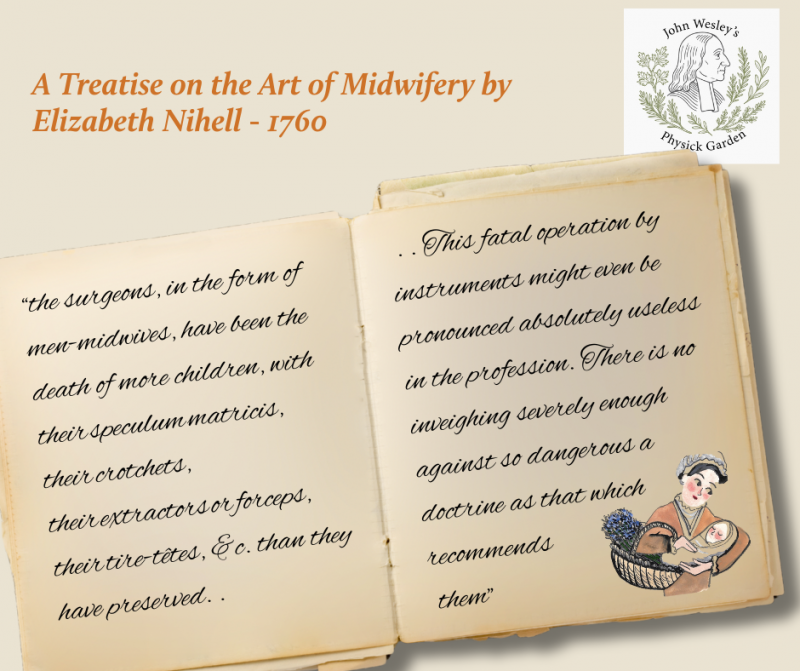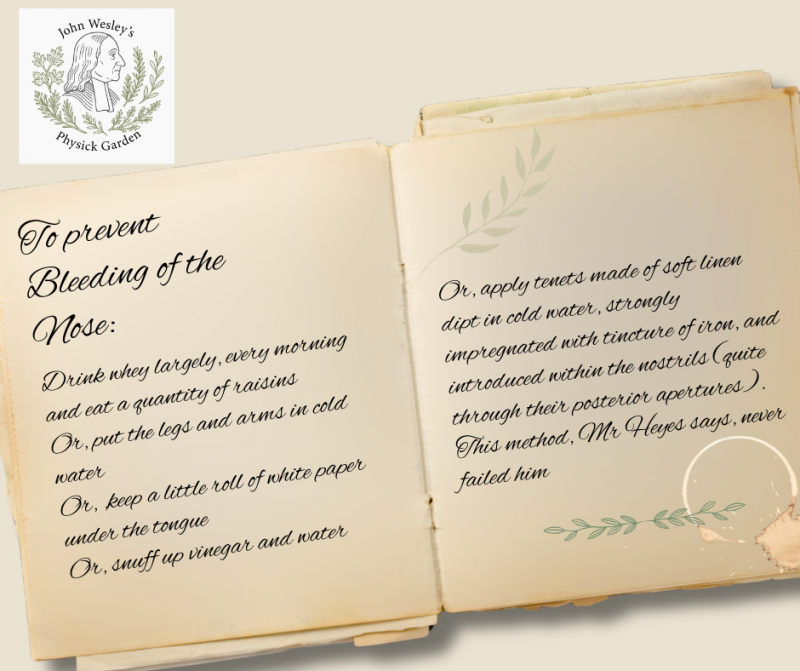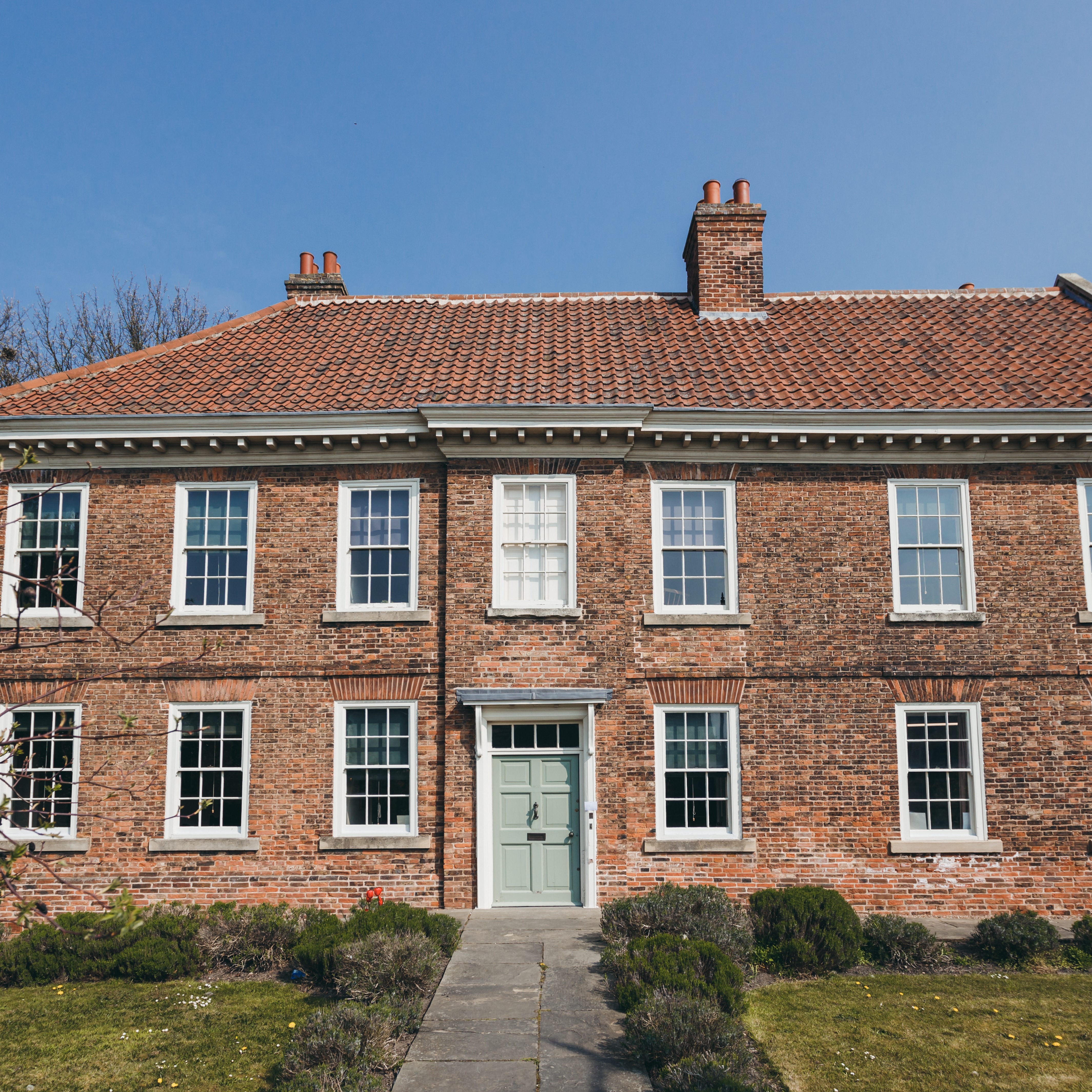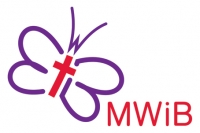The numbers listed under each plant are the number of the remedy as it appears in the 1780 edition of Primitive Physick.
72 – Delivery – after delivery in childbirth, the mother’s milk is the only proper purge for the child. Let it begin to suck ten or twelve hours after the birth – JOHN WESLEY
Nettles (Urtica dioica)
Nettles, known as wergulu, were included in the Saxon Nine Herbs Charm found in the 10th-century text Lacnunga, indicating its significance in ancient Anglo-Saxon medicine.
Wesley’s recommendations:
13 – Bleeding of a Wound – apply tops of nettles bruised
14 – Spitting of Blood – Take two spoonfuls of juice of nettles every morning, and a large cup of decoction of nettles at night, for a week
15 – Vomiting Blood – Take two spoonsful of nettle juice (This also dissolved blood coagulated in the stomach)
173 – Violent Bleeding Piles – Lightly boil the juice of nettles with a little sugar; take two ounces.
Other therapies
Rich in iron and other minerals, nettles are used to combat anemia, improve energy levels, and support overall well-being.
Rhubarb (Rheum palmatum)
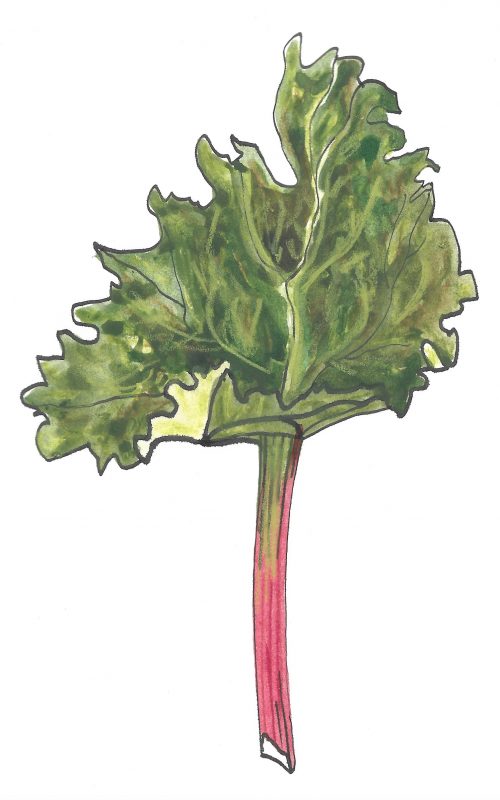 Powdered rhubarb roots, usually mixed into wine, provided a mild and easy purgative throughout the 18th century. It was prescribed for just about any sort of illness as it was thought to ‘evacuate humours’ that were seen as overabundant. The famous physician Herman Boerhaave (1669-1738) prescribed Rhubarb ‘in many diseases of children and pregnant women’
Powdered rhubarb roots, usually mixed into wine, provided a mild and easy purgative throughout the 18th century. It was prescribed for just about any sort of illness as it was thought to ‘evacuate humours’ that were seen as overabundant. The famous physician Herman Boerhaave (1669-1738) prescribed Rhubarb ‘in many diseases of children and pregnant women’
Wesley’s recommendations:
117 – A Bloody Flux – Apply grated rhubarb, as much lies on a shilling, with half as much of grated nutmeg, in a glass of white wine, at lying down every other night.
Other therapies
According to Chinese legend, ‘Divine Farmer’ Shen Nong noted that rhubarb could be used to cure diarrhoea as early as 2800BC. Today, rhubarb root is still used in traditional Chinese medicine and by Chinese people around the world to treat stomach ailments, especially constipation.
‘…was taken very ill this morning in bed about 4 o’clock with a violent pain in my stomach, which I apprehend proceeded from gouty wind there and likewise from bile. I continued ill all the whole day, could not eat any dinner etc. In the afternoon was taken with a vomiting, and afterwards was some matter easier. I took a small dose of rhubarb and ginger going to bed tonight, as did my brother also. – JAMES WOODFORDE – The Diary of a Country Parson 1758 – 1802.
Plantain (Plantago major)
The Anglo-Saxon name for broad leaf plantain was ‘Waybroad’ or ‘Waybread’ meaning ‘a broad-leaved herb which grows by the wayside.‘ Surviving in the most inhospitable places people believed that it could therefore be used for human crushing and tearing injuries. Infact the plant contains tannins which does help close wounds and stop bleeding
Wesley’s recommendations:
116 – A Flux – Take a spoonful of plantaine seed, bruised, morning and evening till it stops.
Other therapies
Plantain contains iridoids, mucilages, and flavonoids, including luteolein and apigenin, as well as coumarins, tannins, minerals (calcium, iron, magnesium, potassium, selenium), and vitamins (A, B, C, K)..
Turnip (brassica rapa)
The medicinal knowledge of the turnip is ancient, with many uses documented in classical Greek texts by figures like Dioscorides and later adopted in traditional Islamic medicine. In traditional Chinese medicine it was used to aid digestion, stimulate bowel movements, and help the body expel phlegm.
Wesley’s recommendations:
19 – Hard Breasts – Apply turnips roasted til soft, then mashed and mixed with a little oil of roses. Change this twice a day, keeping the breasts very warm with a flannel
Other therapies
Turnip greens are a good source of folate, essential for producing red blood cells and supporting healthy fetal development during pregnancy, according to Women’s Health magazine.
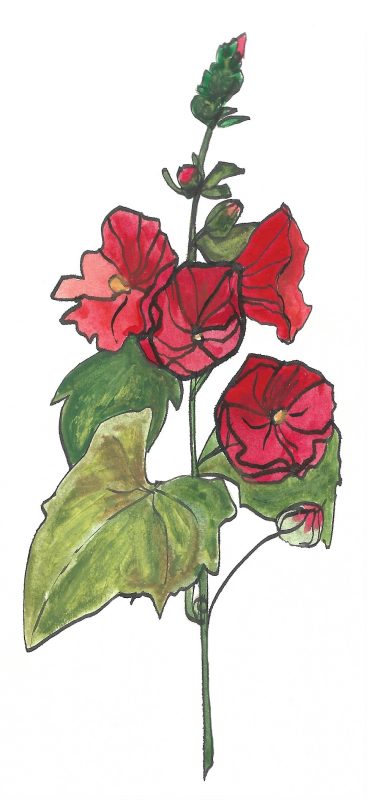 Hollyhock (Alcea)
Hollyhock (Alcea)
The renowned herbalist John Gerard mentioned hollyhocks also known as garden mallow in his 1597 herbal as a medicinal plant for conditions including excessive menstrual bleeding.
Wesley’s recommendations:
156 – Menses Nimu – Boil four or five leaves of the red hollyhocks in a pint of milk, with a small quantity of sugar. Drink this in the morning; if the person can afford it, she may add a teaspoon of Balm of Gilead. This does not often fail.
Balm of Gilead was a rare perfume used medicinally that was mentioned in the Hebrew Bible and named for the region of Gilead, where it was produced. The tree or shrub producing the balm is commonly identified as the Arabian Balsam Tree Commiphora gileadensis which grew in Saudi Arabia, Yemen, southern Oman, Sudan and in southeast Egypt
Other therapies
Traditional remedies have used hollyhock to improve blood circulation, ease labour pains and even prevent miscarriage. Tibetan medicine has specifically used it for inflammation of the womb
Wormwood (Artemisia absinthium)
The Roman author and naturalist, Pliny the Elder (1st century AD) recommended wormwood as a hypnotic and a laxative. Its most ancient uses include for stomach and abdominal pains and as an antidote against poison.
Wesley’s recommendations:
116 – A Flux – Put a large brown toast in three quarts of water, with a drachm of cochineal, powdered and a drachm of salt of wormwood. Drink it all in as short a time as you conveniently can. This rarely fails to cure all fluxes, cholera morbus, yea and inflammation of the bowels.
117 – A Bloody Flux – Take four drops of laudanum and apply to the belly a poultice of wormwood and red roses boiled in milk.
Other therapies
Wormwood gained notoriety from its use in absinthe, a French liqueur that was a favorite of many 19th-century artists, including Dutch painter Vincent Van Gogh — and purported to cause numerous adverse effects which may however, have been caused more by the high alcohol content!
Women of weak or relaxed habit should use solid food, avoiding great quantities of tea and other weak and watery liquids, They should go to bed and rise early, and take frequent exercise but avoid being over fatigued – To prevent abortion – JOHN WESLEY
Poppy (Papaver)
There is evidence that Helen of Sparta’s used an opium-based “nepenthes drug” and the presence of opium poppy capsule pendants in archaeological sites of ancient Sparta further supports the use of poppies in ancient medicine. The use of poppy in a tincture form, such as laudanum, which contains powerful alkaloids like morphine, were long used for pain management.
Wesley’s recommendations:
115 – Flooding (in lying in) – If a flooding should come on after delivery, the patient should be laid with her head low, kept cool, and be in all respects treated as for an excessive flux of the menses. Sometimes the following mixture will be very useful – Pennyroyal-water, simple cinnamon water, and syrup of poppies, of each two ounces; acid elixir of vitriol, one drachm. Mix and take two spoonsful every hour.
Other therapies
In the 1840’s the first popular patent opium medicines made their appearance: Stott’s Unique Fruit Cordial (for children), Sydenham’s laudanum, Dover’s powder and Chlorodyne were all sold as ‘medicines’ – “Chlory did not stave off hunger but it reduced the cry to a whimper”
Ground Ivy (Glechoma hederacea)
In 1640, English physician John Parkinson described ground ivy as a sharp and bitter herb, which is hot and dry, used to open, cleanse and purify. It was considered to be a “good wound herb” for external wounds and skin afflictions such as scabies, wheals, fistulas, eruptions, and internal wounds such as ulcers. It was used for colic in the stomach with griping pains and wind, and to help with jaundice by “opening obstructions of the stomach, gallbladder, liver and spleen”
Wesley’s recommendations:
284 – Wounds – Bind leaves of ground ivy upon it
Other therapies
Before the use of hops for making beer and ale, ground ivy was one of the key ingredients for clarifying the brew, as well as increasing the palatability with a pleasant flavour. In 1587, John Gerarde stated “the women of our northern parts, especially Wales and Cheshire, do turn Herbe-Ale-hoof into ale”
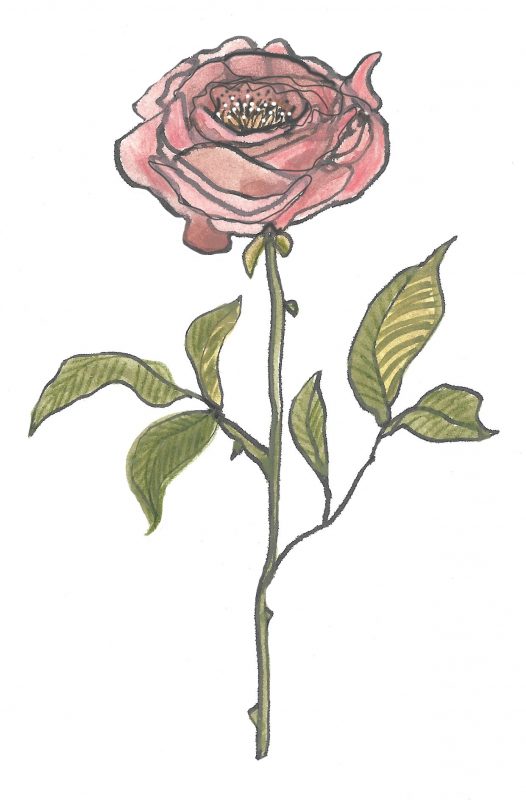 Red Rose (Rosa)
Red Rose (Rosa)
Beyond Greek and Roman traditions, the rose became a significant symbol in medieval times, associated with the Virgin Mary and often representing divine love and purity. The “War of the Roses” in England used the red and white roses as emblems of the rival houses of Lancaster and York, highlighting the flower’s symbolic power in political and social spheres.
Wesley’s recommendations:
102 – The Falling of the Fundement – Apply a cloth covered with thick brick dust. Or boil a handful of red rose leaves in a quarter pint of red wine, dip a cloth in it, and apply it, as hot as can be borne. Do this until all is used.
Other therapies
The rose is a common ingredient for treating menopause symptoms, reducing hot flushes and also inflammation when applied topically. This makes it great for thread veins and rosacea, two skin problems that often arise during menopause. The aromatic water and tincture can be taken internally to soothe the nervous system, lift the spirits, and promote calm.
Yarrow (Achillea millefolium)
Yarrow was found in the graves of people living nearly 60,000 years ago and its Latin name reflects of the Greek god Achilles; who according to legend, used this wound staunching herb on the battlefield.
Wesley’s recommendations:
270: Bloody Urine – take a decoction of yarrow
284 – Wounds – Apply juice or powder of yarrow
285 – Inward Wounds – Infude yarrow, twelve hours in warm water. Take a cupful of this four times a day.
Other therapies
The constituents of Yarrow, such as cineole, have antiseptic qualities, while azulene, responsible for the blue colour of the essential oil, not only reduces inflammation, but stimulates the formulation of tissue for wound healing.
Camomile (Chamaemelum nobile)
Camomile was a valued remedy in ancient Greece and Rome for various ailments including digestive issues, fevers, and headaches, with Romans even using it as a natural air freshener and infusing it in communal baths.
Wesley’s recommendations:
20 – Sore and Swelled Breasts – Boil a handful of camomile and as much mallows in milk and water. Forment it between two flannels, as hot as can be borne, every twelve hours. It also dissolves any knot or swelling in any part.
Other therapies
Camomile has multiple uses today – it is used to treat wounds, skin irritations, and inflammation, ; it is a popular herbal remedy for calming nerves, reducing anxiety, and improving sleep; and it is also used to alleviate various digestive problems, such as indigestion, nausea, and colic.
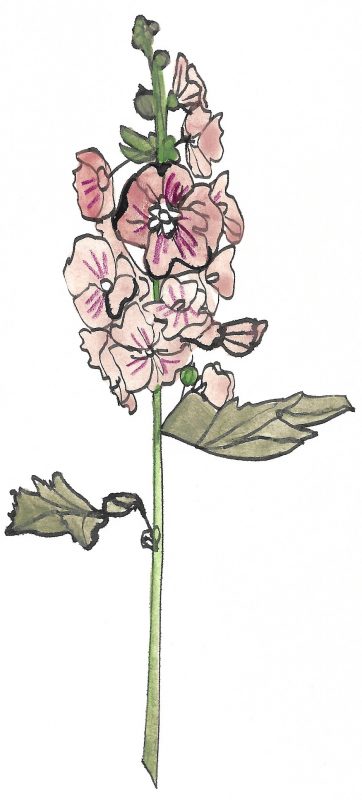 Mallow (Malva sylvestris)
Mallow (Malva sylvestris)
The key medicinal component of mallow is mucilage, a sweet, sticky substance found in the plant’s roots and leaves. Also called wild mallow, it is mentioned in the bible to eat when other food is scarce. It has been used as an anti-inflammatory in poultices and as a mild laxative. Egyptians combined the sap with honey for medicinal sweets.
Wesley’s recommendations:
20 – Sore or Swelled Breasts -Boil a handful of chamomile and as much mallows in milk and water. Forment it between two flannels, as hot as can be borne, every twelve hours. It also dissolves any knot or swelling in any part.
55 – Cositiveness (constipation) – Rise early every morning or boil in a pint and half of broth, half a handful of mallow leaves chopt, strain this and drink it before you eat anything else. Do this frequently if needful.
For cositiveness – Or, take daily, two hours before dinner, a small tea-cup of stewed prunes – JOHN WESLEY
Other therapies
In the 19th century, the sweet pulp from marshmallow root was used to make the original French pate de guimauve, the precursor to the modern marshmallow.



